Home>diy>Building & Construction>Which IBC Will We Use In BIM?
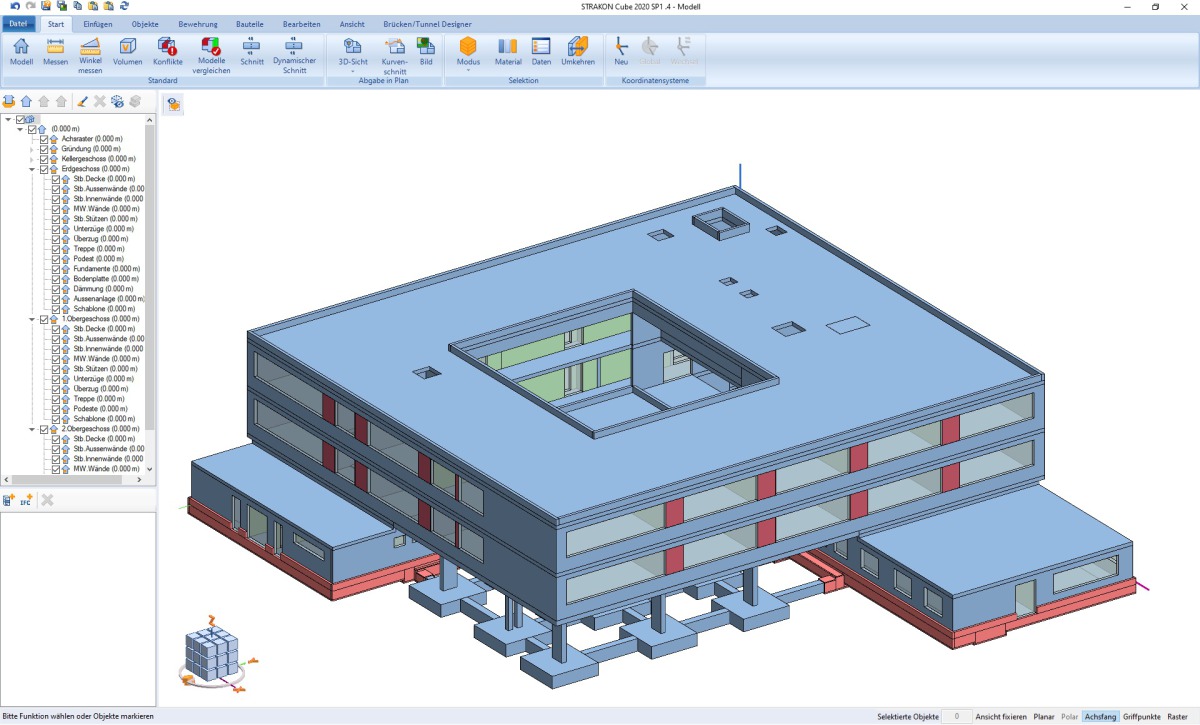

Building & Construction
Which IBC Will We Use In BIM?
Modified: December 7, 2023
Discover which International Building Code (IBC) will be used in Building Information Modeling (BIM) for efficient building construction.
(Many of the links in this article redirect to a specific reviewed product. Your purchase of these products through affiliate links helps to generate commission for Storables.com, at no extra cost. Learn more)
Introduction
Welcome to the world of building construction and the exciting realm of Building Information Modeling (BIM). BIM has revolutionized the way construction projects are planned, designed, and executed, providing architects, engineers, and contractors with a dynamic and collaborative platform to bring their visions to life.
But what exactly is BIM? BIM is a process that involves the creation and management of digital representations of the physical and functional characteristics of a building. It allows project stakeholders to work together in a coordinated and integrated manner, promoting enhanced communication, cost control, and overall project efficiency.
A critical aspect of BIM implementation is ensuring compliance with building codes. Building codes are regulations put in place by authorities to ensure the safety, health, and welfare of occupants and the public. They dictate design, construction, and maintenance standards for buildings, covering various aspects such as structural integrity, fire safety, accessibility, and more.
In the context of BIM, building codes play a significant role in guiding the design and construction process. They provide the necessary guidelines and standards that need to be followed to ensure compliance and mitigate potential risks and liabilities.
One important consideration in BIM is selecting the appropriate International Building Code (IBC) to be used. The IBC is a comprehensive set of regulations compiled by the International Code Council (ICC) that provides a model code for building construction used globally.
However, choosing the right IBC for your BIM project can be challenging, as different projects may have varying requirements and geographical considerations. In this article, we will explore the factors to consider and examine commonly used IBCs in BIM to help you make an informed decision.
Key Takeaways:
- BIM and building codes go hand in hand, ensuring safety and compliance. Selecting the right IBC for your BIM project involves considering location, building type, and sustainability goals to optimize design choices and mitigate risks.
- Commonly used IBCs like the International Building Code, National Building Code of Canada, and British Standards play a crucial role in BIM. Stay updated with local regulations and consult experts for successful BIM implementation.
Read more: When Is BIM Used?
What is BIM?
Building Information Modeling (BIM) is a collaborative approach to construction project management that utilizes digital technology to create and manage detailed and accurate 3D models of buildings and infrastructure. Unlike traditional 2D drawings, BIM allows stakeholders to visualize the entire project in a virtual environment, fostering enhanced coordination and communication.
At its core, BIM is about information. It involves the creation and sharing of intelligent data, including geometry, dimensions, materials, and specifications. This information is stored in a central database known as a “BIM model,” which serves as a single source of truth throughout the project lifecycle.
BIM goes beyond just creating 3D models; it integrates various disciplines and stages of the construction process, including architecture, structural engineering, mechanical systems, electrical systems, and more. This integration facilitates seamless collaboration and enables stakeholders to identify and resolve conflicts or issues before they occur on-site.
One of the key advantages of BIM is its ability to provide real-time updates and instant access to project information. Changes made to the BIM model are automatically updated across all related documentation, eliminating the need for manual revisions and reducing errors and misunderstandings.
Moreover, BIM allows for advanced analysis and simulations, enabling stakeholders to assess factors such as structural stability, energy efficiency, and cost optimization. This data-driven approach empowers project teams to make informed decisions and optimize design choices throughout the lifespan of the project.
Another crucial aspect of BIM is its compatibility with other digital tools and technologies. The interoperability of BIM software with various software applications and systems enhances data sharing and integration, further streamlining the construction process.
Ultimately, BIM enhances project outcomes by improving accuracy, communication, collaboration, and efficiency. It minimizes errors, reduces rework, enhances cost control, and enables better project coordination, resulting in higher-quality buildings and infrastructure.
As technology continues to evolve, so does BIM. With the integration of emerging technologies such as virtual reality, augmented reality, and artificial intelligence, BIM is becoming even more powerful, enabling stakeholders to simulate and experience projects in innovative and immersive ways.
In the next section, we will explore the importance of building codes in the context of BIM and how they impact the design and construction process.
Importance of Building Codes in BIM
Building codes are regulations that ensure the safety, health, and welfare of occupants and the public. They establish standards and requirements for building design, construction, and maintenance, covering various aspects such as structural integrity, fire safety, accessibility, energy efficiency, and more.
In the context of BIM, building codes play a critical role in guiding the design and construction process. Here are some reasons why building codes are important in the context of BIM:
- Compliance and Legal Requirements: Building codes are legally enforceable regulations. Compliance with these codes is not only essential for ensuring the safety of occupants but also for avoiding potential legal liabilities. BIM plays a pivotal role in ensuring that the design and construction process aligns with the applicable building codes, minimizing the risk of non-compliance.
- Risk Mitigation: Building codes are developed based on industry best practices, research, and lessons learned from past incidents. They are designed to mitigate risks and prevent accidents or disasters. By incorporating building codes into the BIM process, potential hazards can be identified and addressed early in the design phase, reducing the occurrence of construction-related issues.
- Enhanced Collaboration: BIM promotes collaboration and coordination among project stakeholders. By incorporating building codes as a fundamental component of the BIM model, architects, engineers, contractors, and other stakeholders can work together seamlessly. Everyone involved in the project can access and understand the code requirements, enabling them to make informed decisions during the design and construction process.
- Design Optimization: Building codes provide specific guidelines for various building elements, such as structural design, fire protection, ventilation systems, and more. By integrating the code requirements into the BIM model, architects and engineers can optimize the design to meet or exceed the minimum standards. This ensures that the building is not only code-compliant but also functional and efficient.
- Budget Control: Building codes often have direct or indirect implications on the project budget. By incorporating code requirements into the BIM model, project stakeholders can accurately estimate the cost of compliance, avoiding costly changes and rework later in the construction process.
Overall, building codes are an integral part of the BIM process, helping to ensure that buildings are safe, functional, and compliant with regulations. By incorporating code requirements into the BIM model, project teams can streamline the design and construction process, reduce risks, and ultimately deliver high-quality buildings that meet or exceed the required standards.
In the next section, we will provide an overview of the International Building Codes (IBC) and their significance in the international construction industry.
Overview of International Building Codes (IBC)
The International Building Codes (IBC) are a set of comprehensive model building codes developed by the International Code Council (ICC). The IBC provides standardized regulations that govern the design, construction, alteration, and maintenance of buildings across the globe.
The IBC covers a wide range of building-related topics, including but not limited to:
- Structural design and integrity
- Fire prevention and protection
- Accessibility for individuals with disabilities
- Plumbing and mechanical systems
- Electrical systems
- Energy efficiency
- Building materials and construction methods
One of the primary purposes of the IBC is to promote consistency and uniformity in building regulations across different jurisdictions. It serves as a reference point for local, state, and national building codes, allowing for harmonization and simplification of the regulatory process.
The International Building Codes are based on extensive research, industry standards, and best practices. They undergo regular updates to reflect advancements in technology, changes in building materials, and improvements in construction techniques. These updates aim to enhance safety, improve efficiency, and address emerging issues and challenges in the construction industry.
While the IBC provides a comprehensive model code, it is important to note that individual regions and countries may adopt their own specific versions or amendments. These adaptations may take into account local climate conditions, cultural practices, or unique building requirements.
The IBC is widely recognized and used throughout the international construction industry. Its adoption is especially prevalent in countries where there is a lack of established national building codes. The IBC provides a robust and reliable framework that promotes safe and sustainable building practices.
It is important to stay updated with the latest version of the IBC and any pertinent local or regional amendments when implementing BIM in the context of international construction projects. This ensures that the BIM models and designs align with the applicable building codes, reducing the risk of non-compliance and ensuring the safety and functionality of the building.
In the next section, we will explore the factors to consider when selecting the appropriate IBC for your BIM project.
When choosing an IBC (International Building Code) for use in BIM (Building Information Modeling), consider the specific requirements and regulations of the project location to ensure compliance with local building codes and standards.
Factors to Consider in Selecting IBC for BIM
When choosing the appropriate International Building Code (IBC) for your Building Information Modeling (BIM) project, several factors should be taken into consideration. These factors will help ensure that your BIM models align with the applicable building codes, keeping your project compliant, safe, and efficient. Here are some key factors to consider:
- Project Location: The geographic location of your project plays a significant role in determining which IBC to use. Different regions and countries may have their own specific building codes, as well as adaptations or amendments to the International Building Code. Familiarize yourself with the local building regulations to ensure compliance.
- Building Type: Consider the type of building you are designing. Residential, commercial, industrial, and institutional buildings may have different code requirements. Identify the specific building codes that are relevant to your project’s scope and purpose.
- Project Scale and Complexity: Larger and more complex projects may have additional code requirements. Consider the size, height, and occupancy of the building to determine which code regulations apply. Some codes offer different provisions for high-rise buildings or buildings with specific uses such as healthcare or educational facilities.
- Sustainability Goals: If your project aims to achieve specific sustainability certifications or energy efficiency goals, such as LEED (Leadership in Energy and Environmental Design) certification, look for IBC codes that address these requirements. Some codes have specific provisions for sustainable design and construction practices.
- Local Amendments and Regulations: Be aware of any local or regional amendments to the IBC that may apply to your project. Local authorities may have specific requirements based on local climate conditions, seismic activity, or other factors. Ensure that your BIM models align with all applicable local regulations.
- Code Updates and Versions: Building codes evolve over time to incorporate new research, technologies, and industry standards. Stay updated with the latest version of the IBC and any revisions or changes made to the code. Incorporate these updates into your BIM models to maintain compliance with current regulations.
Consult with local building officials, code consultants, or industry experts to ensure that you have a comprehensive understanding of the applicable building codes. They can provide guidance on which IBC versions and local amendments to follow for your specific project.
By considering these factors and aligning your BIM models with the appropriate IBC, you can ensure compliance, minimize risk, and create a safe and efficient building that meets all relevant code requirements.
In the next section, we will delve into some commonly used International Building Codes in the context of BIM.
Read more: Where Is BIM Used In Construction
Commonly Used International Building Codes in BIM
When it comes to Building Information Modeling (BIM), there are several International Building Codes (IBC) that are commonly used and recognized within the global construction industry. These codes provide a comprehensive set of regulations and standards for building design, construction, and maintenance. Here are a few of the commonly used IBCs in the context of BIM:
- International Building Code (IBC): The International Building Code serves as the foundation for many regional and national building codes. It covers a wide range of building elements, including structural design, fire safety, plumbing systems, electrical systems, accessibility, and more. The IBC is widely adopted and serves as a reference for many international construction projects.
- National Building Code of Canada (NBCC): The NBCC is the model building code used in Canada. It encompasses various aspects of building construction, including structural design, fire safety, energy efficiency, and accessibility. The NBCC is continuously updated to align with the latest industry standards and research.
- British Standards (BS): The British Standards are widely used in the United Kingdom and provide a comprehensive set of regulations for various industries, including construction. They cover aspects such as structural design, electrical installations, fire safety, and more. BIM integration with British Standards is common in the UK construction industry.
- Australian Building Codes: In Australia, the National Construction Code (NCC) is the principal document for building regulations. It comprises the Building Code of Australia (BCA), which sets out the minimum requirements for building design, construction, and performance. The BCA covers areas such as fire safety, structural integrity, energy efficiency, and accessibility.
- European Standards (EN): European Standards, known as EN codes, are a set of harmonized technical specifications used across Europe. They cover various aspects of construction, including structural design, fire safety, mechanical systems, and more. EN codes are integrated with BIM processes to ensure compliance and interoperability across European countries.
These are just a few examples of commonly used international building codes in the context of BIM. It is important to note that individual countries or regions may have their own specific code variations or adaptations. Always consult with local authorities, code consultants, or industry professionals to ensure that your BIM models align with the applicable codes and regulations in your specific project location.
By incorporating the relevant building codes into your BIM process, you can ensure compliance, promote safety, and achieve optimal design and construction outcomes.
Now, let’s conclude this article by summarizing the key points covered.
Conclusion
Building Information Modeling (BIM) has transformed the construction industry, providing a collaborative and integrated approach to project management. When implementing BIM, it is essential to consider the role of building codes in ensuring compliance, safety, and efficiency throughout the design and construction process.
In this article, we explored the importance of building codes in the context of BIM. Building codes establish standards and regulations that promote the safety, health, and welfare of building occupants and the public. By incorporating building codes into the BIM model, project stakeholders can ensure compliance, mitigate risks, and optimize the design and construction process.
We also discussed the International Building Codes (IBC), which provide a model code for building construction globally. The IBC serves as a reference point for many regional and national building codes, promoting consistency and uniformity. However, it is crucial to consider local amendments and adaptations when selecting the appropriate IBC for your BIM project.
To select the correct IBC for your BIM project, it is essential to consider factors such as the project location, building type, scale and complexity, sustainability goals, and local regulations. Stay updated with the latest versions of the IBC and any revisions or changes to ensure compliance and alignment with current industry standards.
Finally, we discussed some commonly used International Building Codes, including the International Building Code, National Building Code of Canada, British Standards, Australian Building Codes, and European Standards. However, it is important to recognize that individual countries or regions may have their own specific code variations.
By understanding and incorporating the appropriate building codes into the BIM process, project stakeholders can enhance collaboration, optimize design choices, mitigate risks, and ensure the construction of safe, functional, and compliant buildings.
As BIM continues to evolve and advance, it is crucial to stay informed about the latest building codes and regulations. Consulting with local authorities, code consultants, and industry experts is essential to ensure the successful implementation of BIM within the context of international construction projects.
In conclusion, the integration of building codes and BIM is a critical aspect in the quest to build superior structures that adhere to rigorous safety and quality standards in the dynamic construction industry.
Frequently Asked Questions about Which IBC Will We Use In BIM?
Was this page helpful?
At Storables.com, we guarantee accurate and reliable information. Our content, validated by Expert Board Contributors, is crafted following stringent Editorial Policies. We're committed to providing you with well-researched, expert-backed insights for all your informational needs.
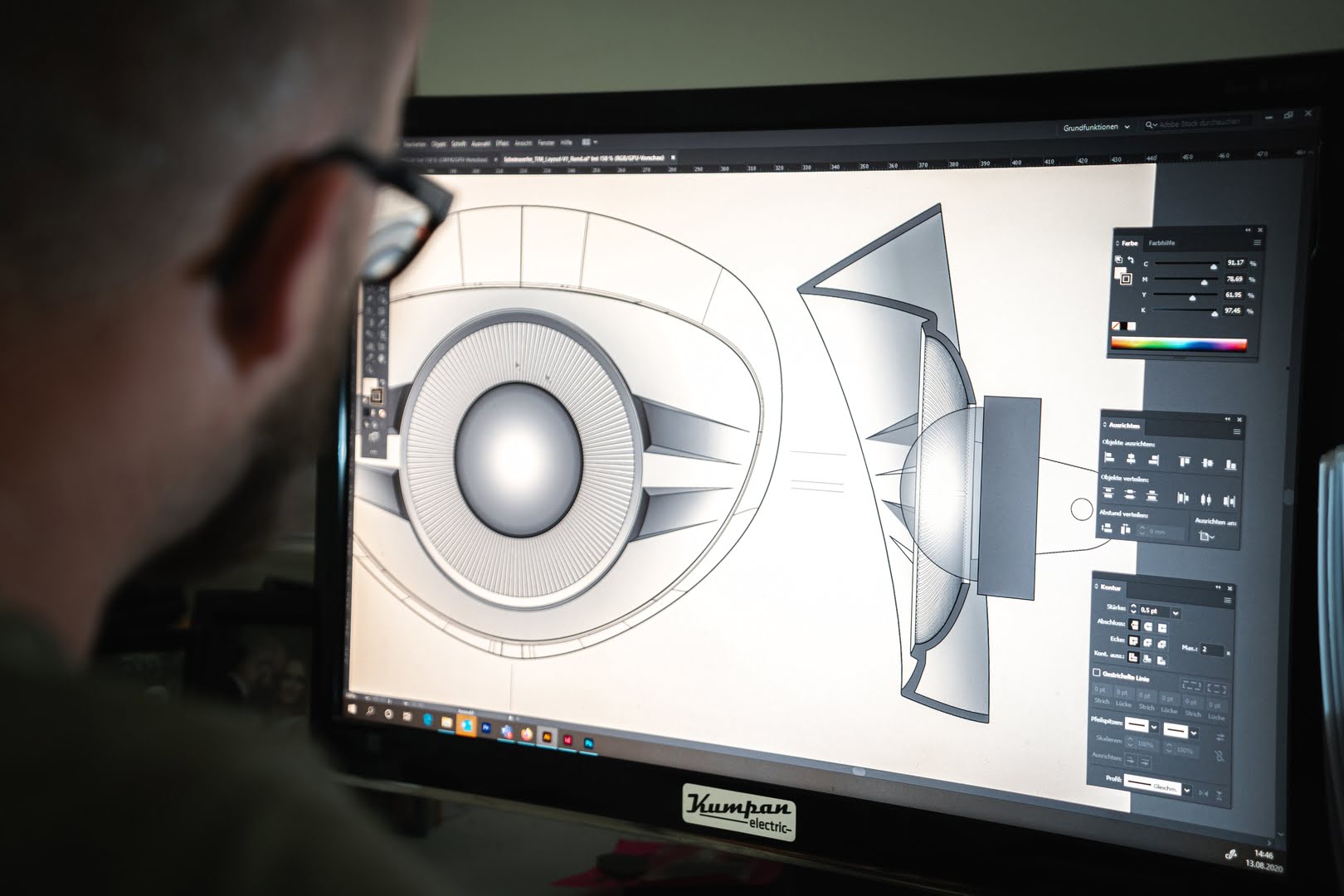
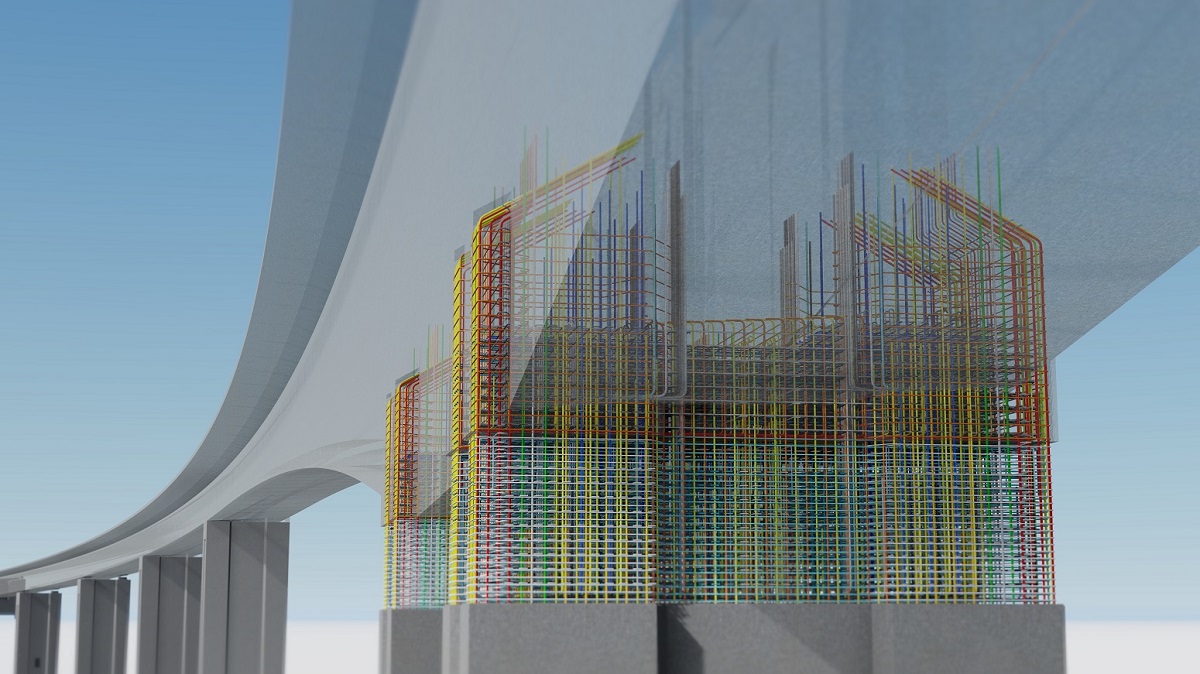


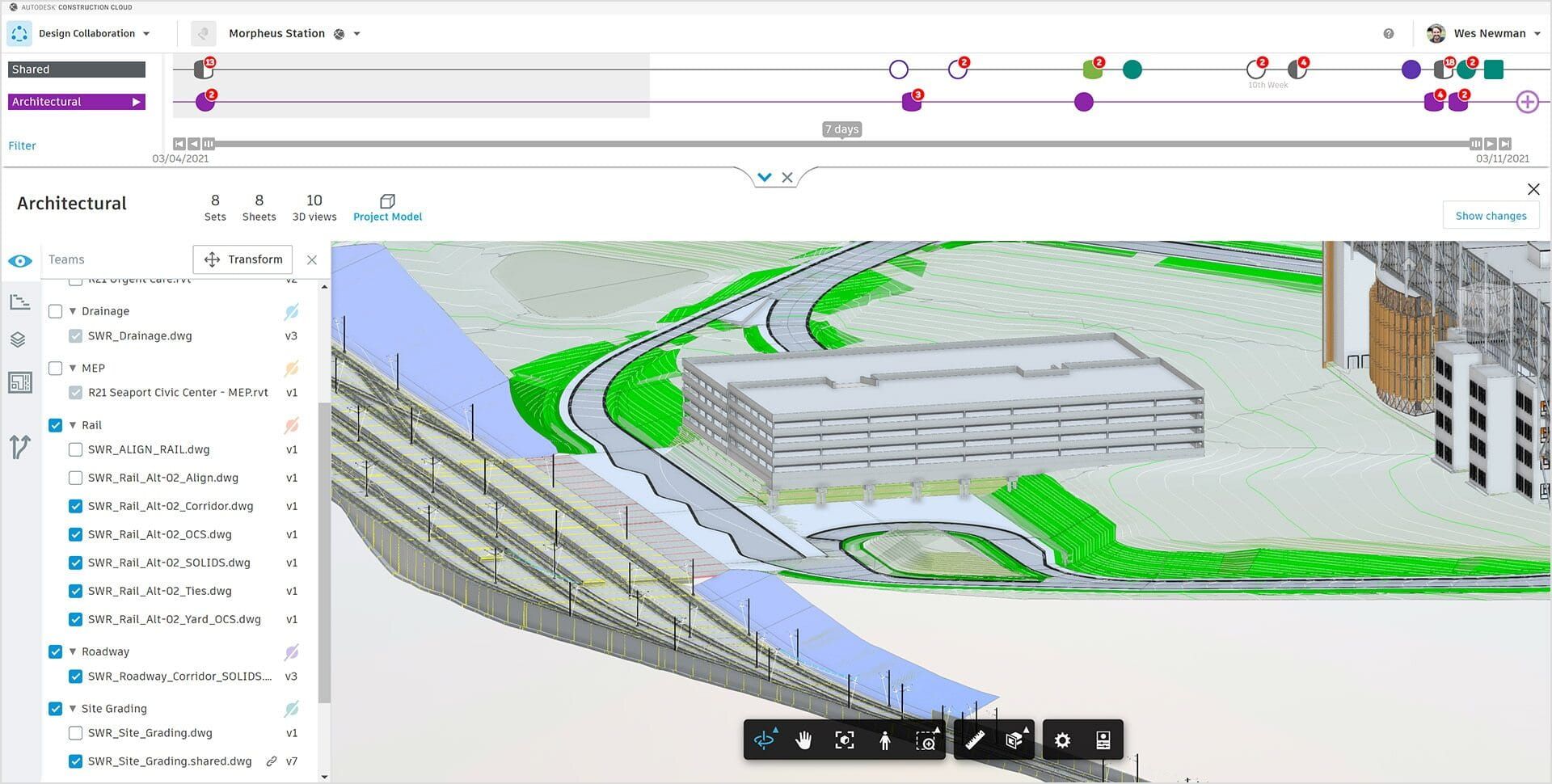
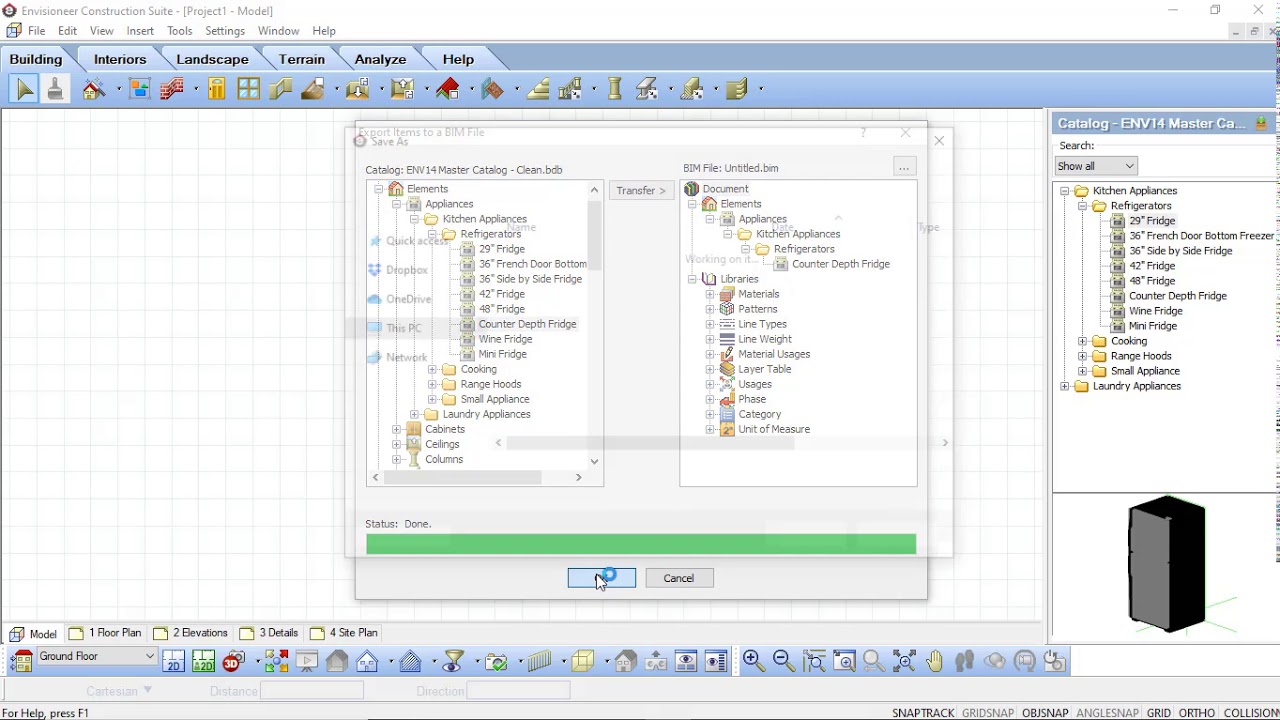
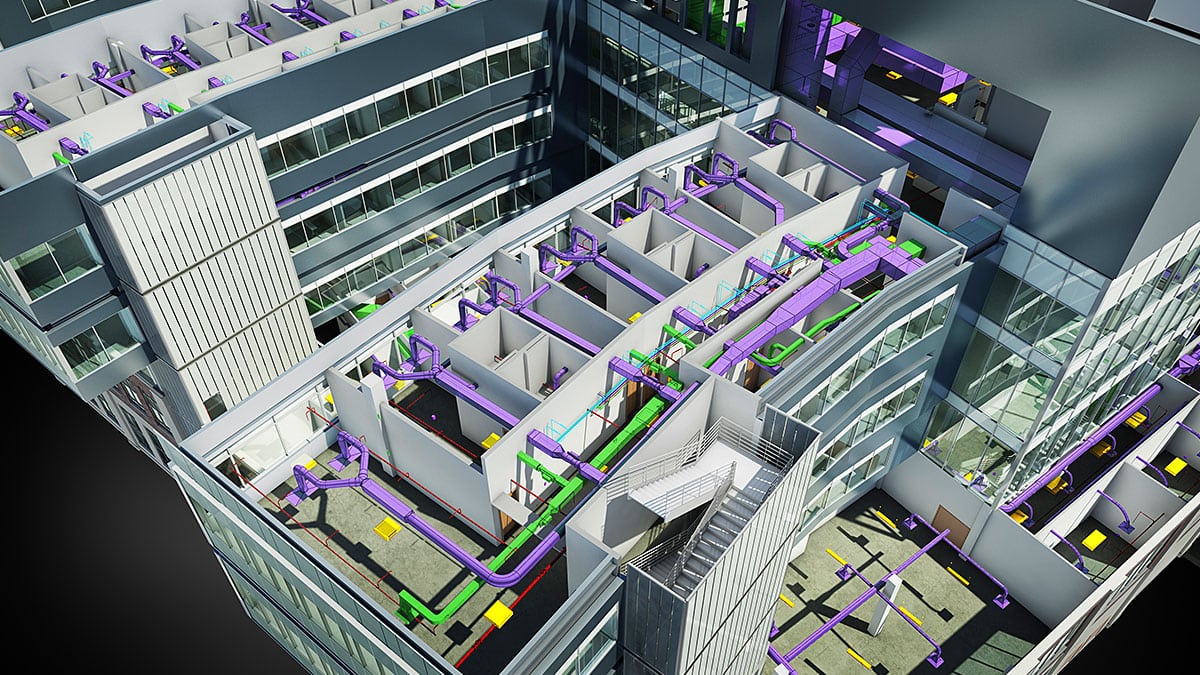
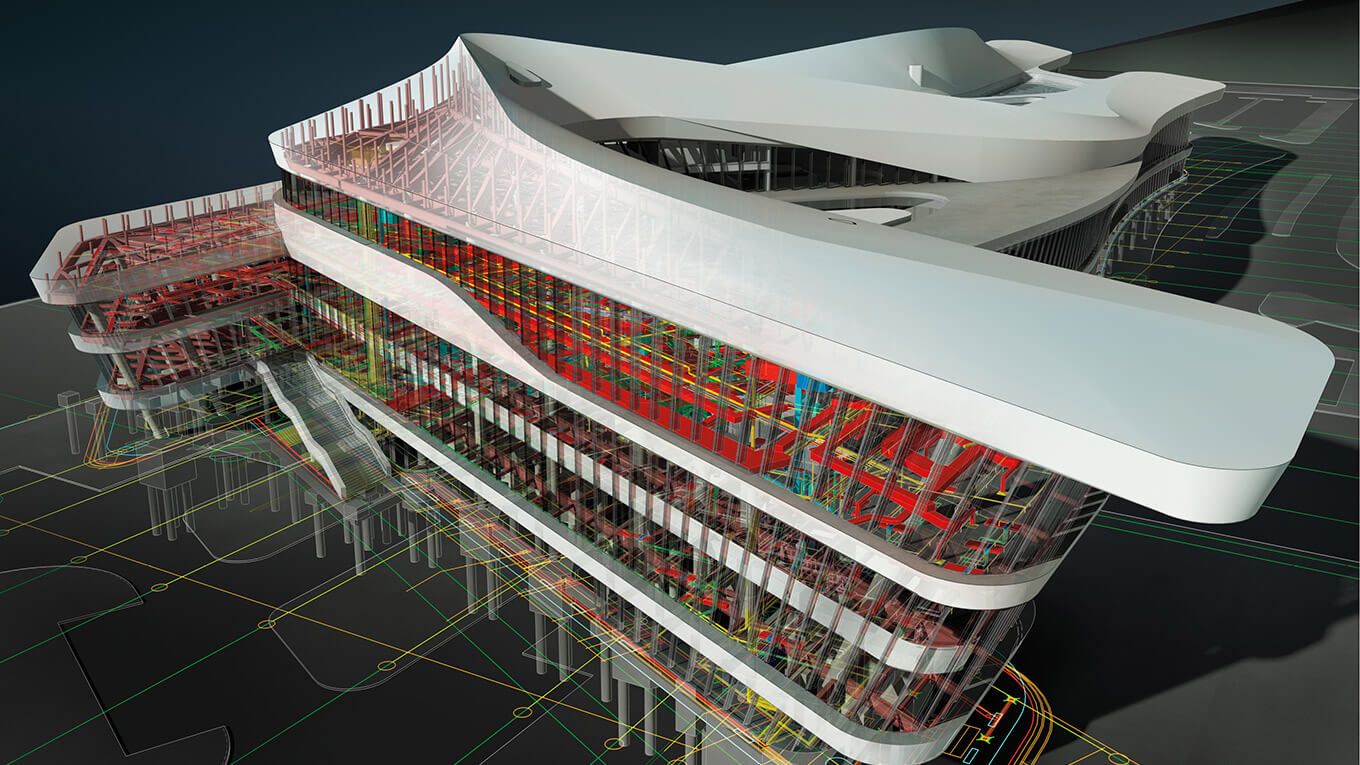
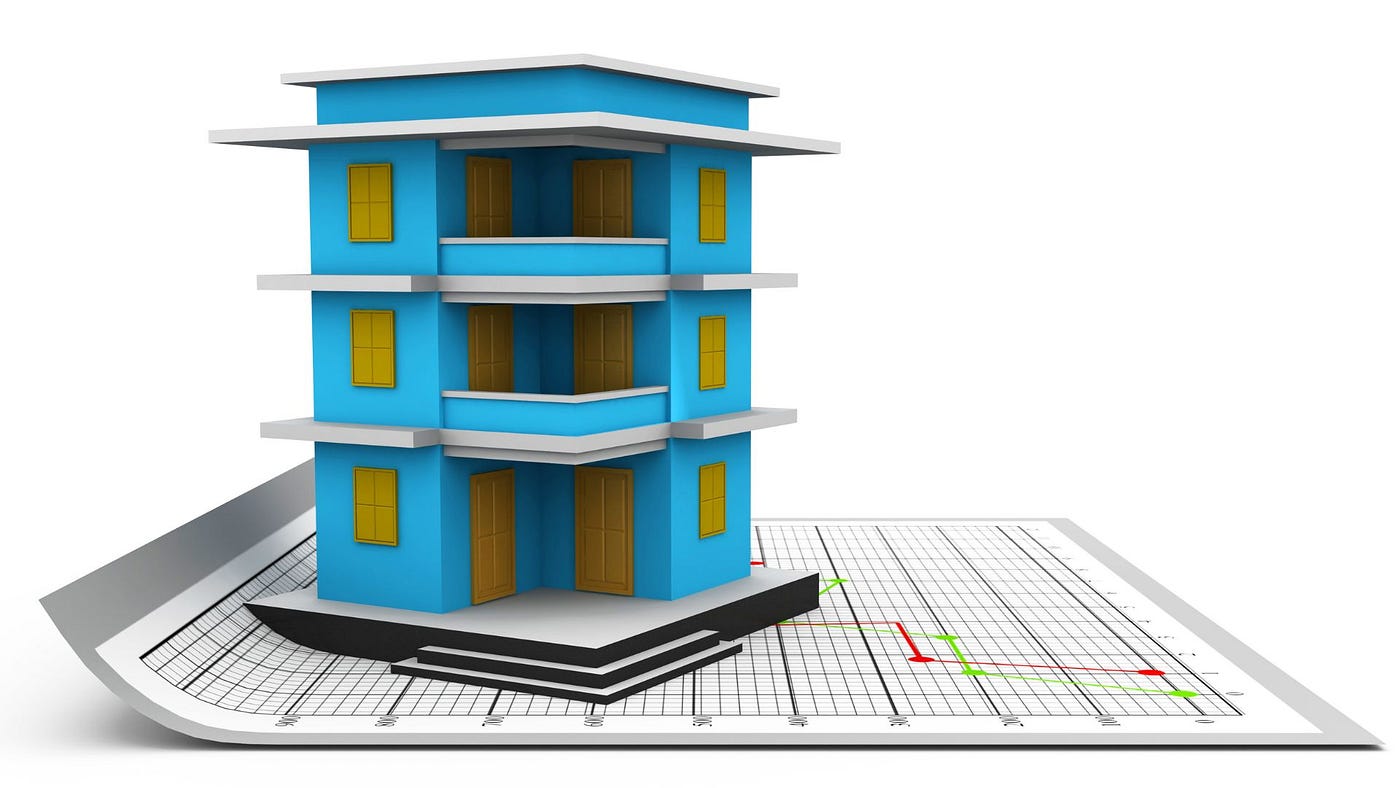
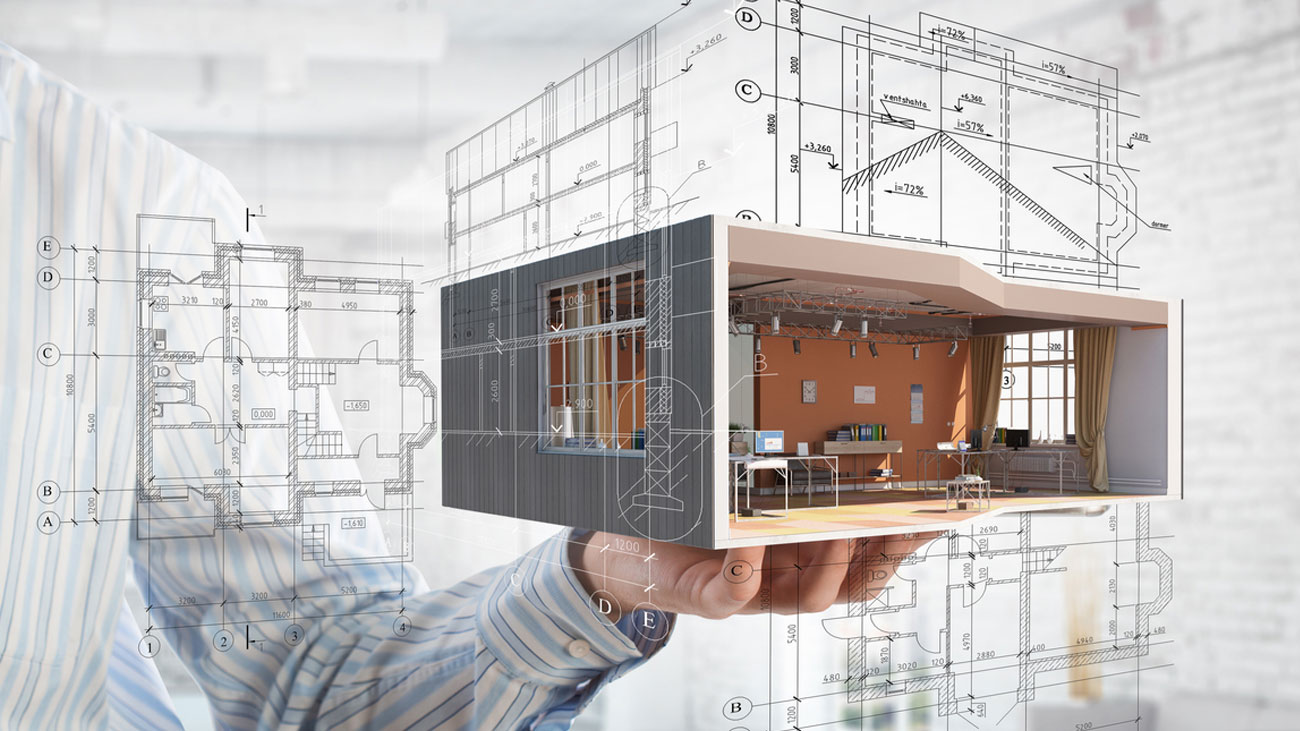


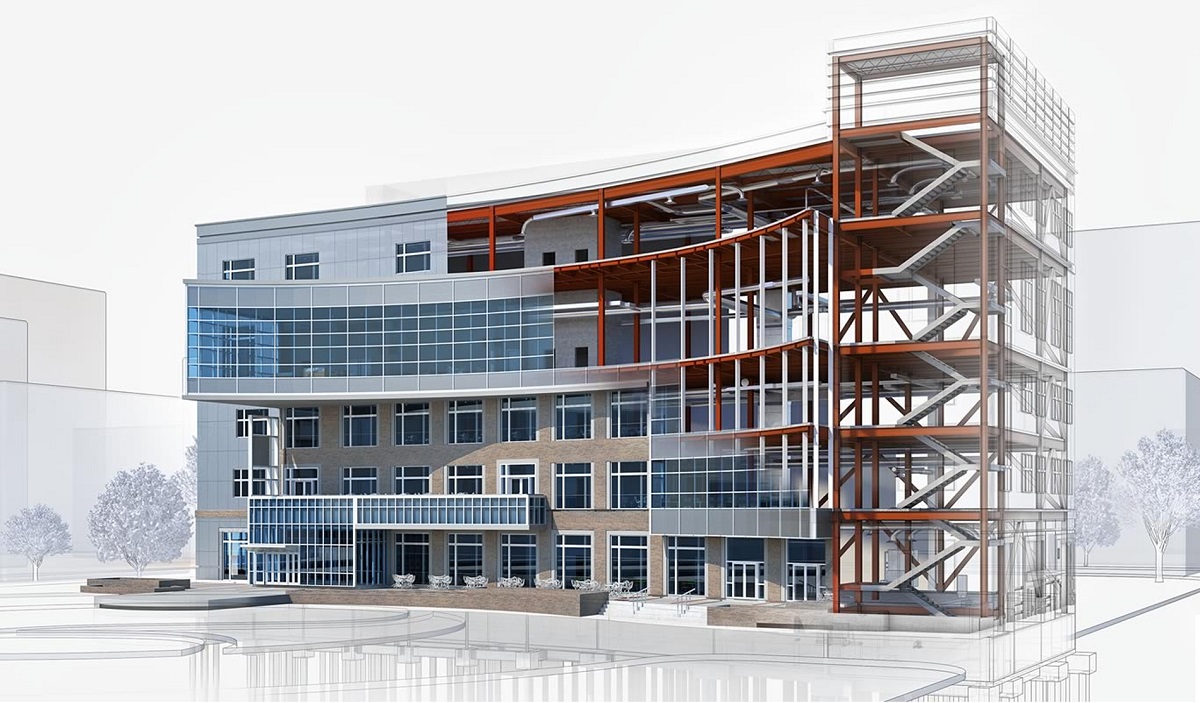
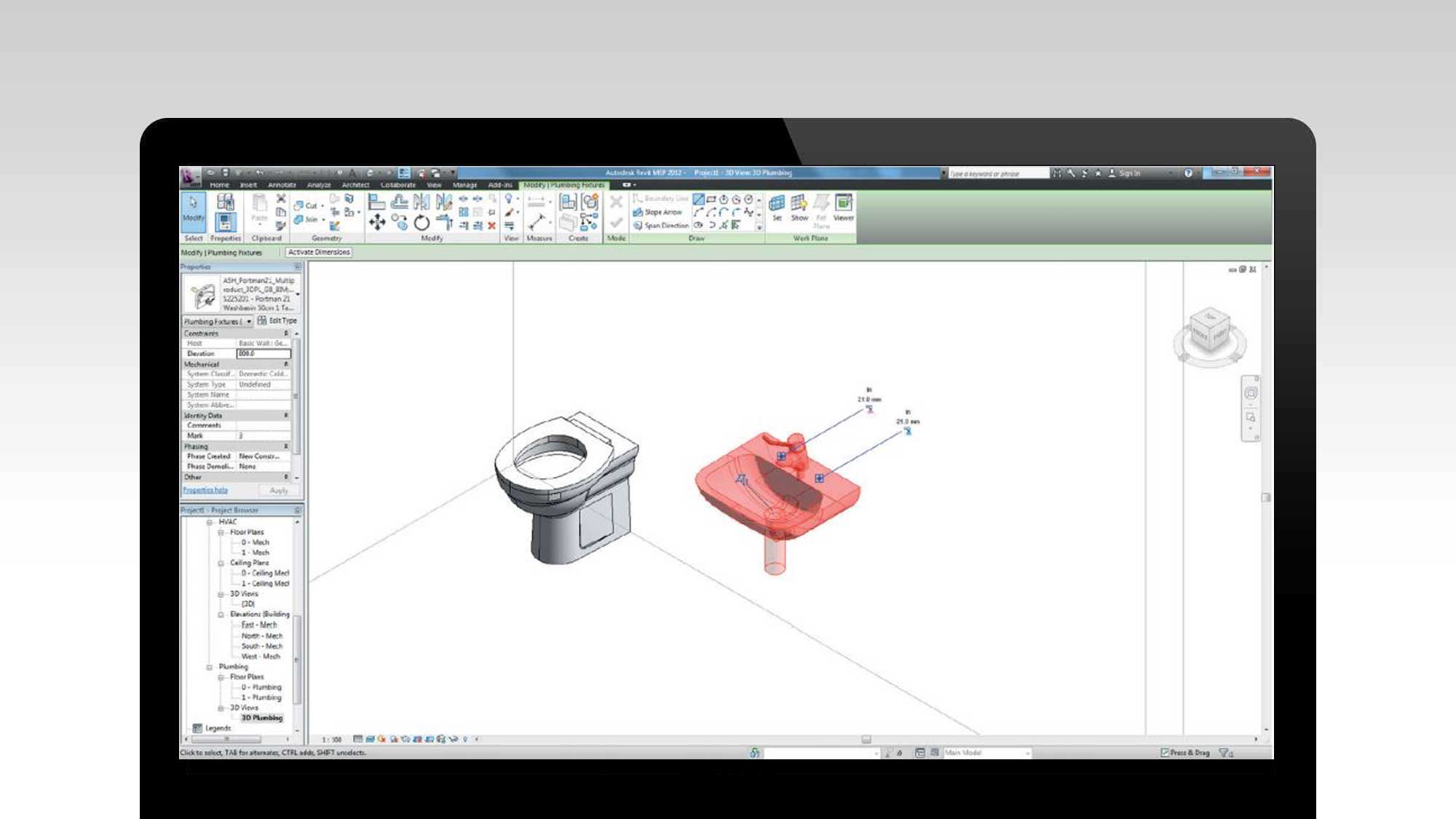

0 thoughts on “Which IBC Will We Use In BIM?”